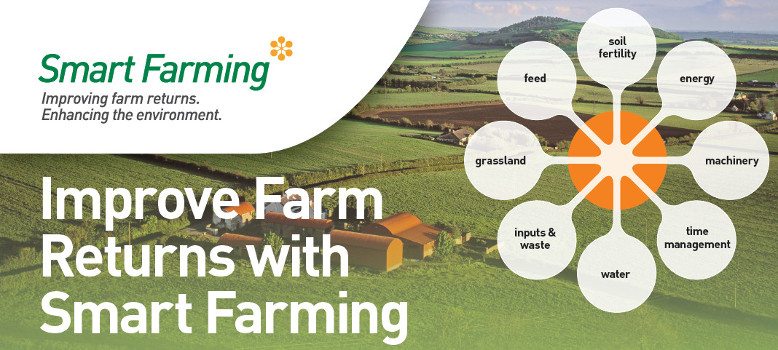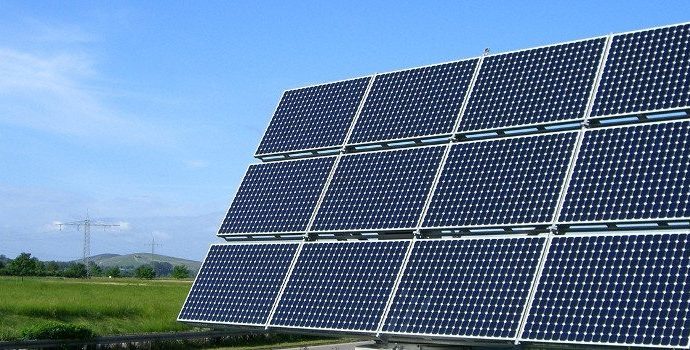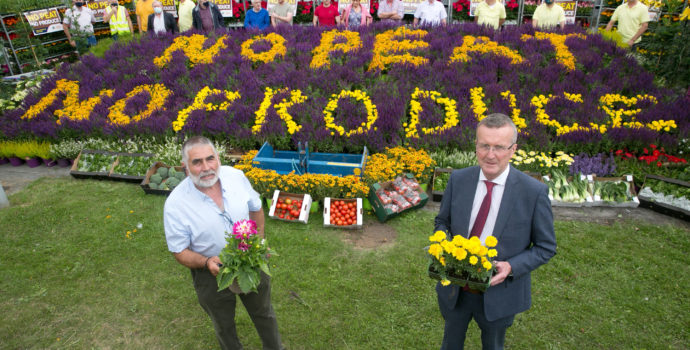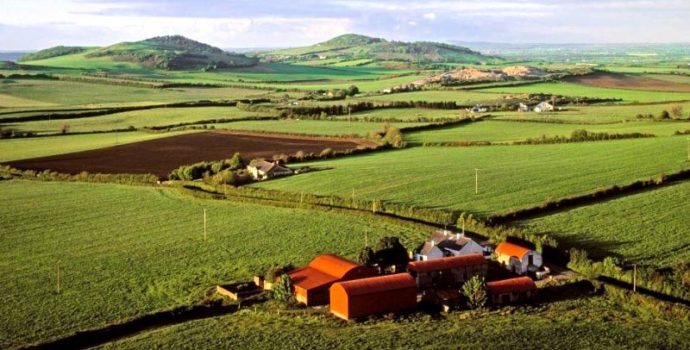
Paul O’Brien, IFA Environment Chair and Smart Farming leader, said improving soil fertility was the most significant cost-saving measure identified in the Smart Farming programme in 2020.
“Farmers taking the Smart Farming challenge in 2020 identified potential savings of €1,624 or €25/ha by implementing measures to improve soil fertility,” he said.
He added, “Soil is one of the most important assets on any farm. Better soil fertility can support increased production, improve farm incomes and enhance environmental performance on farms”.
About 90 per cent of the soils sampled in Ireland lack phosphorus, potassium or lime, limiting their production potential.
Smart Farming has updated its soil fertility guidance to give farmers the most up-to-date information and advice on soil management measures, including:
- Testing soils regularly to establish what nutrients are present and how much extra nutrients may be needed.
- Correcting soil pH through liming to increase the availability and efficiency of applied nutrients.
- Creating a nutrient management plan for their farm.
- Using low emission slurry spreading (LESS) to reduce ammonia losses.
- Using protected urea to reduce ammonia & nitrous oxide losses.
As a Sustainable Development Goals Champion, Smart Farming links practical actions farmers can take to save costs and improve the environment to the UN Sustainable Development Goals.
This includes “Life on Land”, which aims to protect, restore and promote the sustainable management of land. Improving soil fertility also benefits water quality, air quality, biodiversity and greenhouse gas emission reductions.
Farmers can get a free soil test, resource efficiency assessment and cost-saving study for their farm by taking the Smart Farming challenge.
Register at www.smartfarming.ie or by emailing [email protected].
The updated Smart Farming Soil Fertility guidance note is available at www.smartfarming.ie/soil-fertility.




